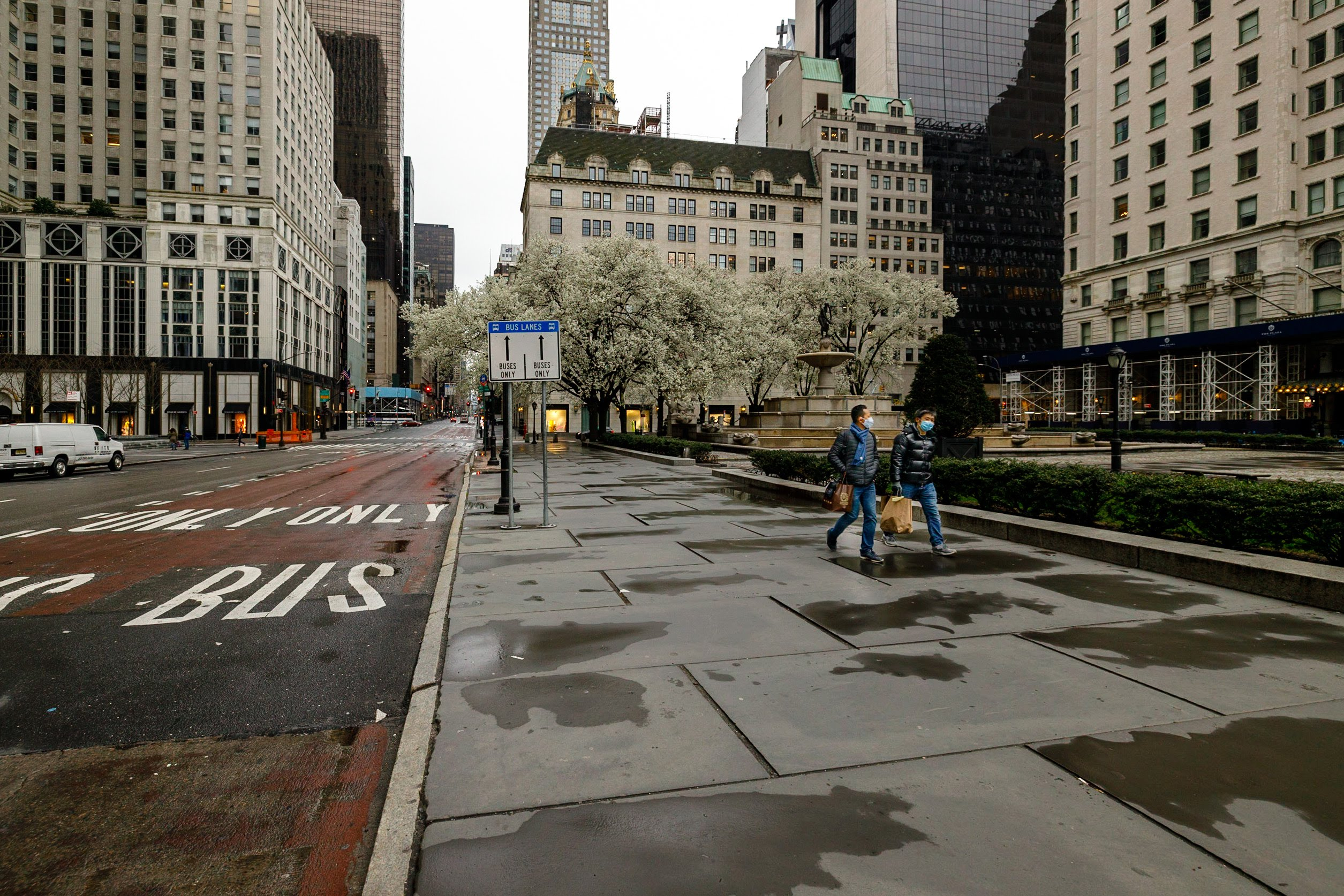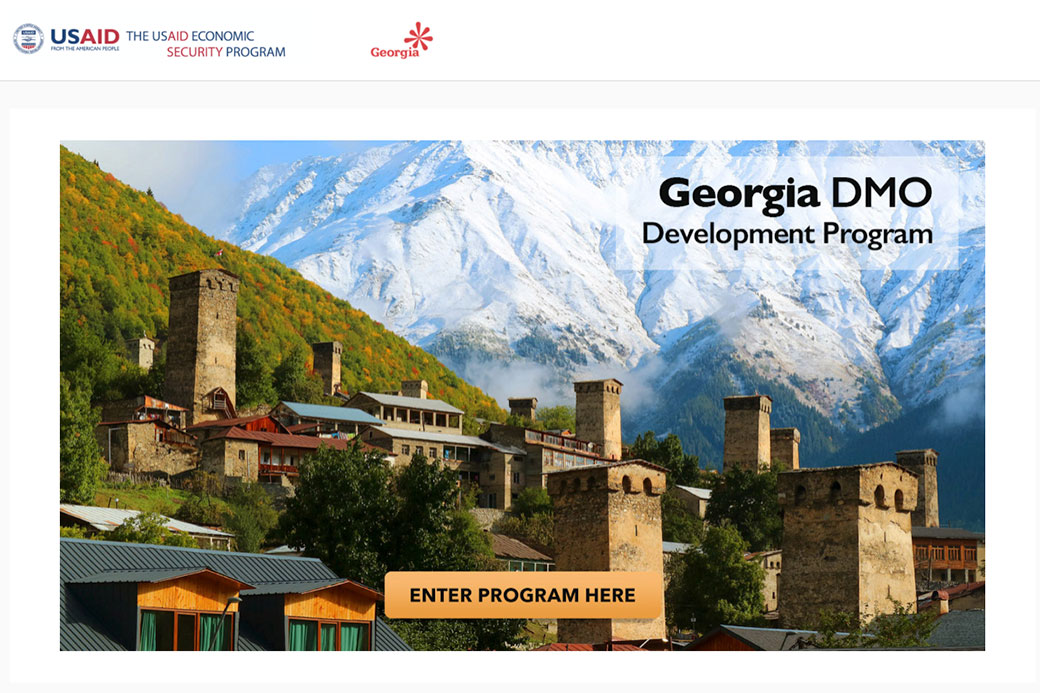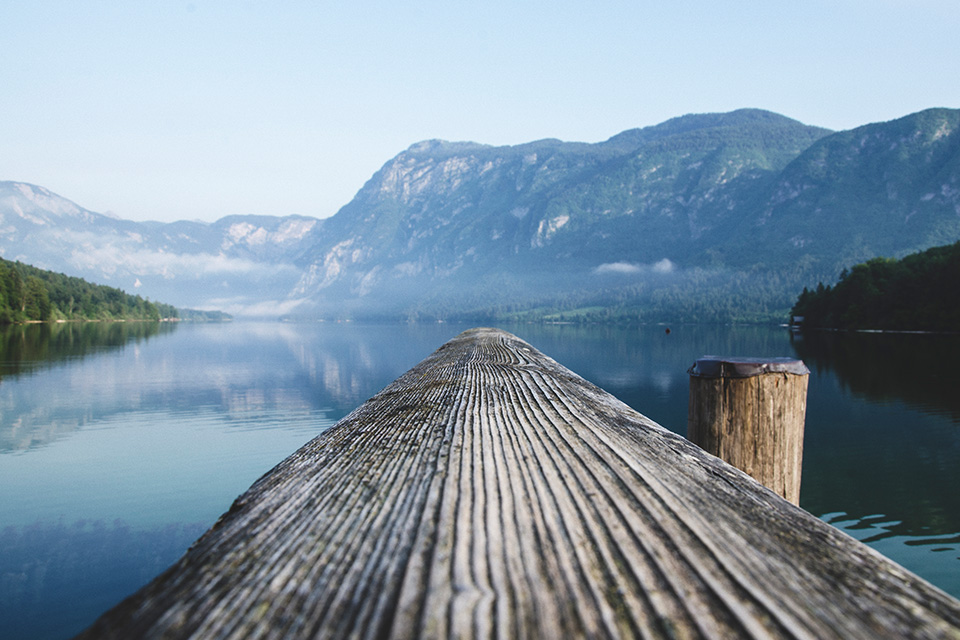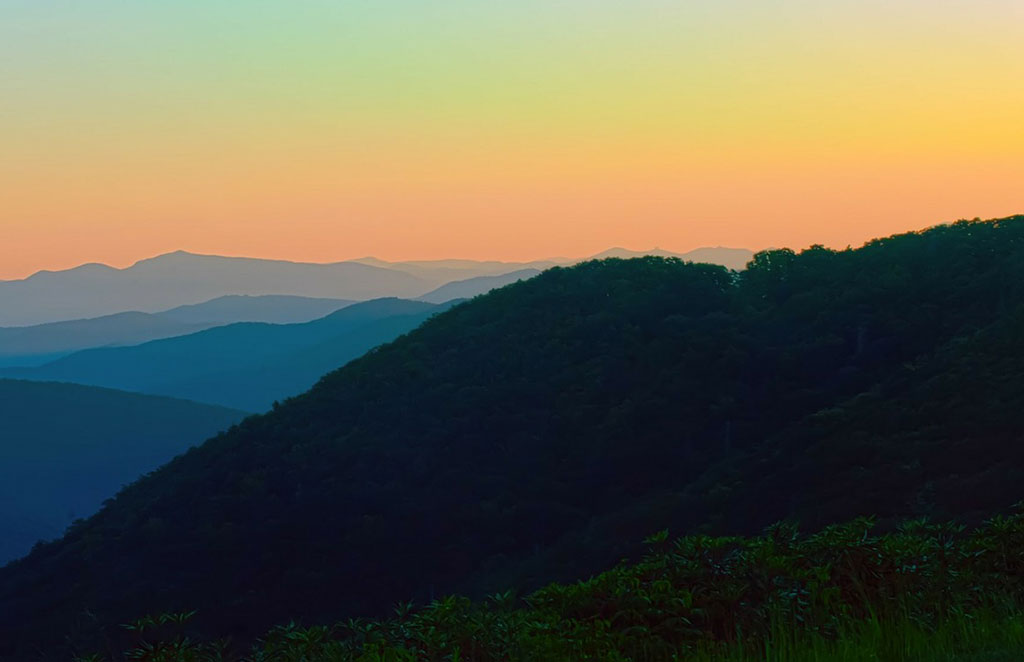In January of this year, many destination management organizations (DMOs) might have expressed similar grievances when considering the current state of tourism: overcrowding, mass tourism, and unchecked growth threatening to overwhelm the natural and cultural heritage of a place. With the travel industry enjoying nearly a decade of unfettered growth, most DMOs were learning how to respond to too many tourists, rather than too few. Today, however, the problem has reversed: globally, COVID-19 has resulted in the decline of international arrivals by 30% and financial losses totaling $2 trillion for 2020 alone (Gössling et al 2020). The World Tourism Organization predicts even greater financial hardship for destinations whose economies primarily rely on tourism. The question for DMOs everywhere has become: What now?
As part of Solimar’s DMO Development Program, our team spent the second week of a 16-week long course discussing how DMOs should respond to the challenges posed by COVID-19 within their own communities. Void of tourists and international visitors, what responsibility does a DMO have for continuing to manage a destination? When is it appropriate to begin marketing efforts again? Who should the primary market be–international visitors or local tourists? How can DMOs prepare for future crises? What did tourism actually do for the destination–and what can we do differently this time around?
All of these questions and more were addressed in this learning program, with a focus on utilizing a three-step COVID-19 recovery program to help DMOs navigate an entirely new challenge:
- Respond to the immediate challenges and needs arising from the COVID-19 pandemic and its impact on the tourism sector for both visitors and residents.
- Restart the tourism industry by addressing immediate steps necessary to begin bringing visitors back to your destination.
- Reimagine tourism’s potential to sustainably transform your destination
DMOs should prepare to be global leaders by responding to its residents and visitors throughout the pandemic, restarting the tourism industry, and reimagining the future of tourism in a post-COVID-19 era. Here’s how they can do it:.
Respond
Communicate health guidelines
Ten recovery, health, and safety recommendations for Adventure Travel from the Adventure Travel Trade Association (ATTA). These recommendations are focused on tour operators, service providers, nature-based accommodations, and guides offering adventure and nature-based tourism activities. The European Travel Commission created a response plan to the COVID, joining forces with associate members and partners to provide useful webinars and data to help National Tourism Organizations and DMOs navigate challenges now and in post-crisis times. DMOs are a catalyst for best practices and information to the public and private sectors.
National testing and tracing
Greece has suggested that travelers be tested for Covid-19 three days before departure. This would limit the number of people in the airport itself and would also reduce the hassle of having testing done in an airport. The COVID-19 National Preparedness Plan for the island nation of Barbados includes a curfew preventing people from leaving their homes to limited movement during the day. DMOs should be leaders in establishing ways to protect visitors and residents from COVID through testing, tracing, and minimizing the impact.
Support business liquidity with access to finance
Destination X is creating new virus-safe attractions, preparing for a new standard of hygiene, and determining which technologies can regulate social distancing. There are ways to help local businesses while still practicing social distancing during the coronavirus outbreak. Ordering merchandise from destinations online and creating tourism gift cards/packages at discount prices are just some ideas that businesses can begin to use to ensure safety and well-being while responding to economic challenges.
Create a social safety net to support unemployed tourism workforce
The UNWTO launched a call for action for tourism’s COVID-19 mitigation and recovery with 23 actionable recommendations focused on retaining jobs, establishing financial stimulus, and preparing for a resilient tomorrow. The ultimate crisis survival guide for hotels displays how to sustain operations, control expenses, retain essential staff, and keep the property clean for guests and the workforce. During a crisis like this, DMOs must sustain its workforce and presence in the face of the challenge.
Restart
COVID Clean and Safety Industry Training and Certification
Travel industry guidelines for sectors reopening provide some big picture advice on what’s most important to prioritize, such as providing physical distancing for customers or workers, depending on the context for each industry segment and region. Sardinia, Italy considers a ‘health passport’ requirement for any tourists entering the region to provide a safe environment for holidaymakers and residents of Sardinia. Consider what guidelines and symbols of safety are required to reopen and make visitors feel safe to travel again.
Domestic Marketing Campaigns
New Zealand has been praised as a global leader in creating an effective Covid-19 response plan. New Zealand employed a nationwide campaign to encourage local engagement, development of data to learn more about the domestic audience, and content partnerships with key media outlets. The domestic market will likely be one of the first to bounce back post-COVID-19, so it is important to focus on this visitor profile in planning efforts.
Bilateral Agreements for International “travel bubbles”
This is the idea that several countries or destinations can make a COVID-19 free “travel bubble” that will allow visitors free travel between destinations. This is being created in several areas, including between New Zealand and Australia and among EU member countries. Estonia, Lithuania, and Latvia also joined together to create a baltic travel bubble.
Adapt marketing messages to emphasize safety and remoteness
Sedona, Arizona created Safe. Clean. Ready certificates, window stickers, logos, and customized posters to incentivize other local DMOs to safely reopen and advertise their destination. Madrid, Spain is focusing marketing efforts on residents and neighboring communities. Educate visitors on how to resume travel safely, find new target audiences, and creatively engage with the local markets.
Reimagine
Strengthen Tourism Commitment to Supporting Conservation
The European Commission Strategic Response Plan (Part V) is reimagining tourism with sustainability in mind, emphasizing sustainable transport and improved connectivity, diversifying the tourism offer, extending off-season opportunities, developing sustainability skills for tourism professionals, and advertising unexplored landscapes and cultures across Europe. Consider small changes such as adding a dollar to visitors’ bill to donate to conservation or strengthen partnerships with conservation organizations.
Avoid over-tourism and improve visitor management
The Travel Foundation is putting communities back at the center of tourism. The task of rebuilding tourism gives us a once-in-a-generation opportunity to rebalance it. While issues of over-tourism and unchecked growth may now seem a distant memory, the “weight” of tourism will return, and with it, renewed pressure on destinations struggling to cope or trying to figure out what their growth trajectory may look like. European Cities Marketing “A New Tomorrow” Initiative. The purpose is to share ideas and challenges, find inspiration in new practices and different approaches, and envision together with all of their members a new future of destinations rebuilt and conventions reimagined to meet new traveler preferences and behavior.
Listen to residents to put tourism on their terms/ addressing complaints
COVID-19 brought the annual 30 million tourists in Venice, Italy to a halt. Now, residents are taking this opportunity to reimagine what tourism could look like to cultivate a sustainable and enjoyable culture, character, and city. We Are Here Venice has been campaigning to prevent overcrowded tourism that brings severe floods with it. Take some time to prioritize and promote a better quality of life for both residents and visitors in your DMO.
COVID-19 is unlike any challenge DMOs or their destinations have faced before. However, by embracing this unique opportunity to reimagine their economic possibilities, environmental conservation policies, and community engagement efforts, DMOs can help ensure a sustainable tourism industry for visitors and locals alike. As liaisons between the national government and the tourism industry, DMOs can do more than just navigate their community through COVID-19, but actively work to initiate and implement structural changes to transform their destinations into global leaders of sustainable tourism practices. By proactively preparing for mass tourism, unchecked growth, and the inevitability of a future crisis, DMOs will emerge stronger in the post-COVID-19 world.
For more recommendations on how DMOs can respond, restart, and reimagine their industry during the COVID-19 crisis, check out Solimar’s DMO Development Program.





